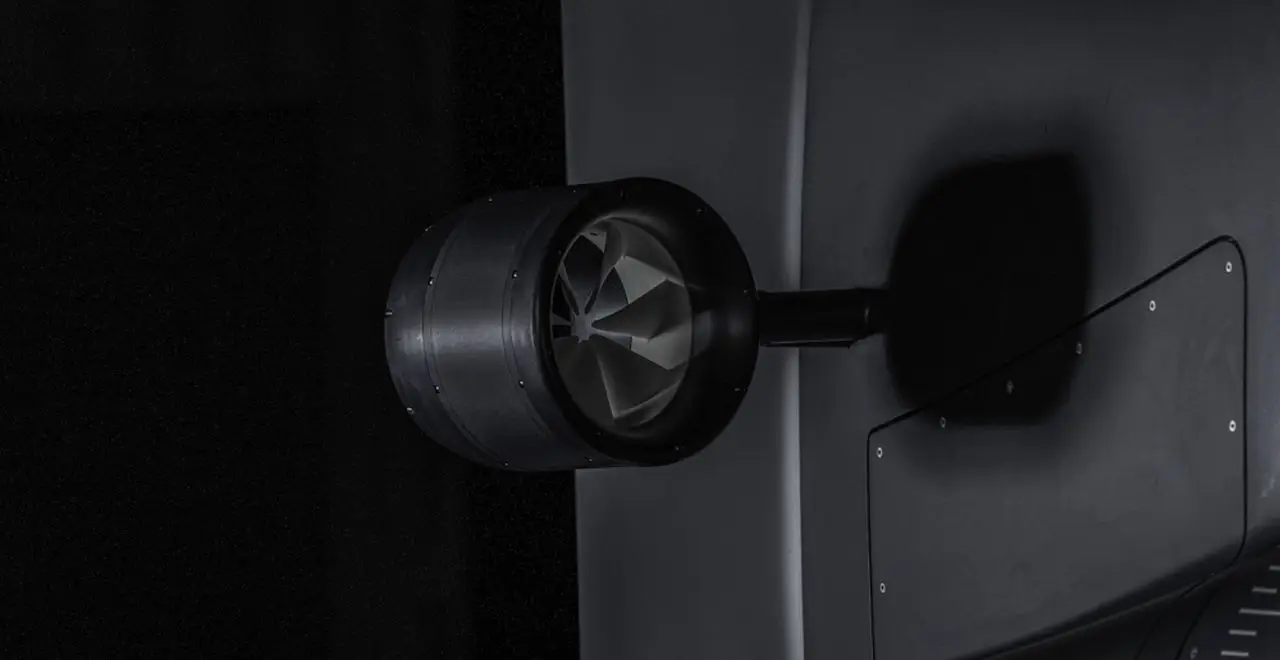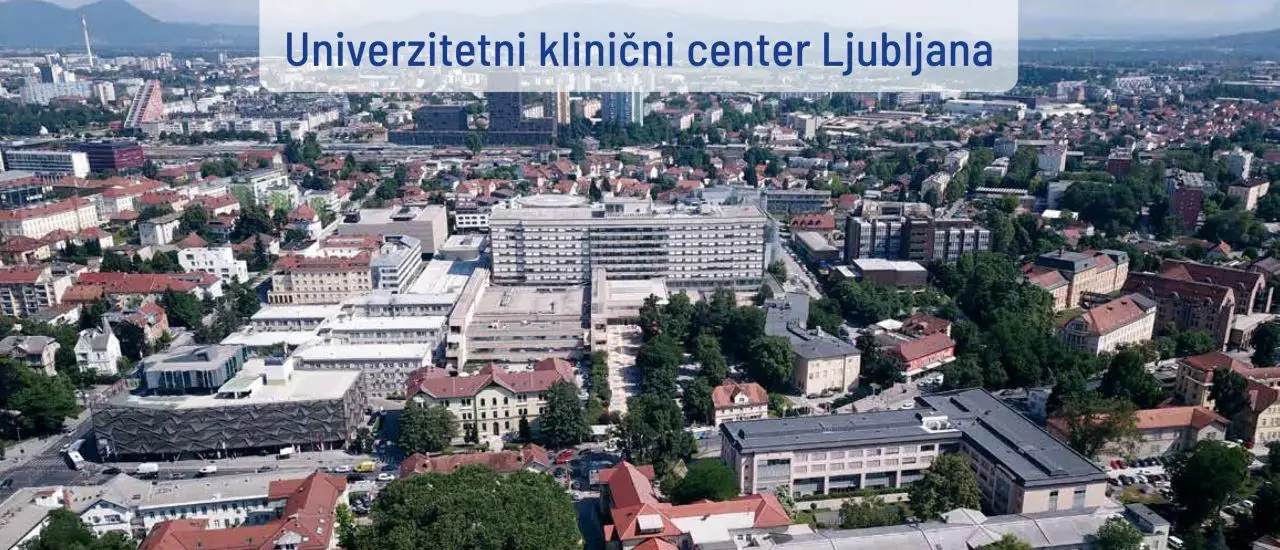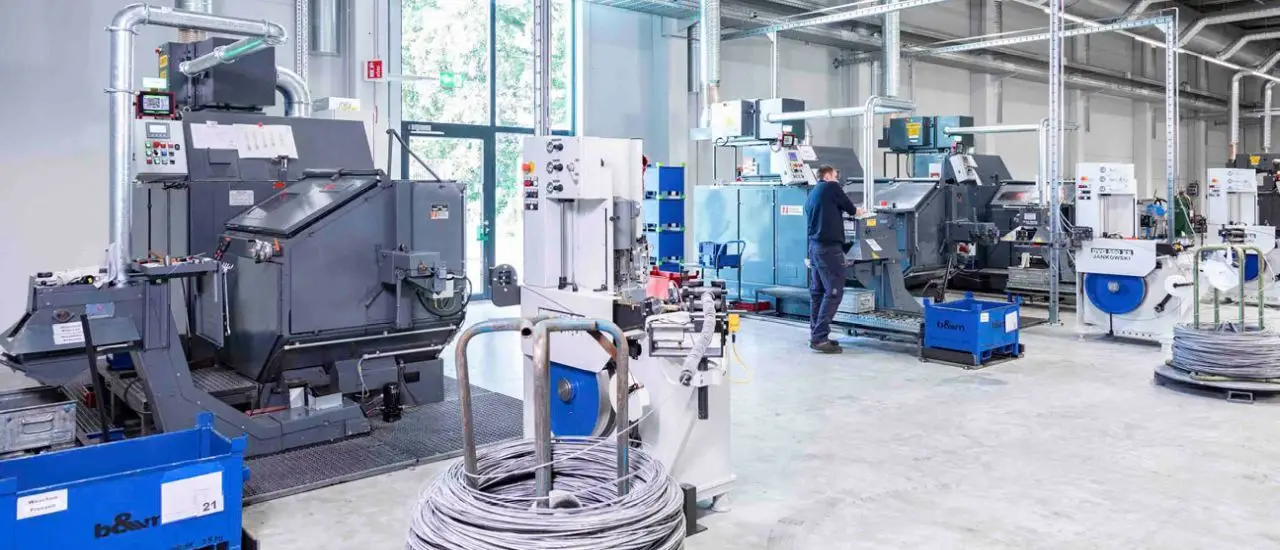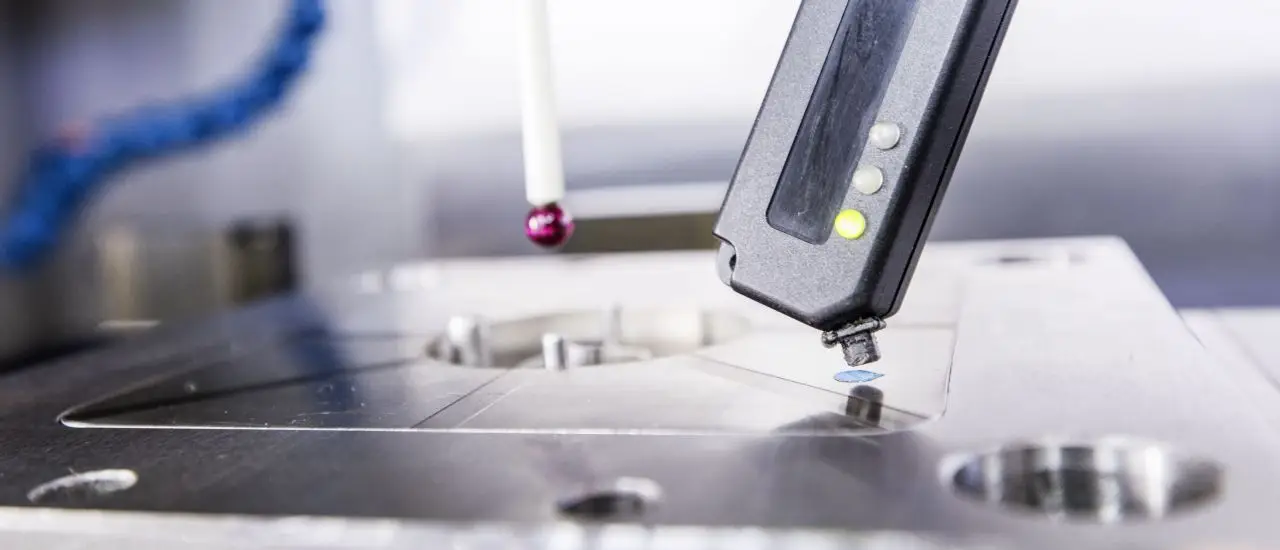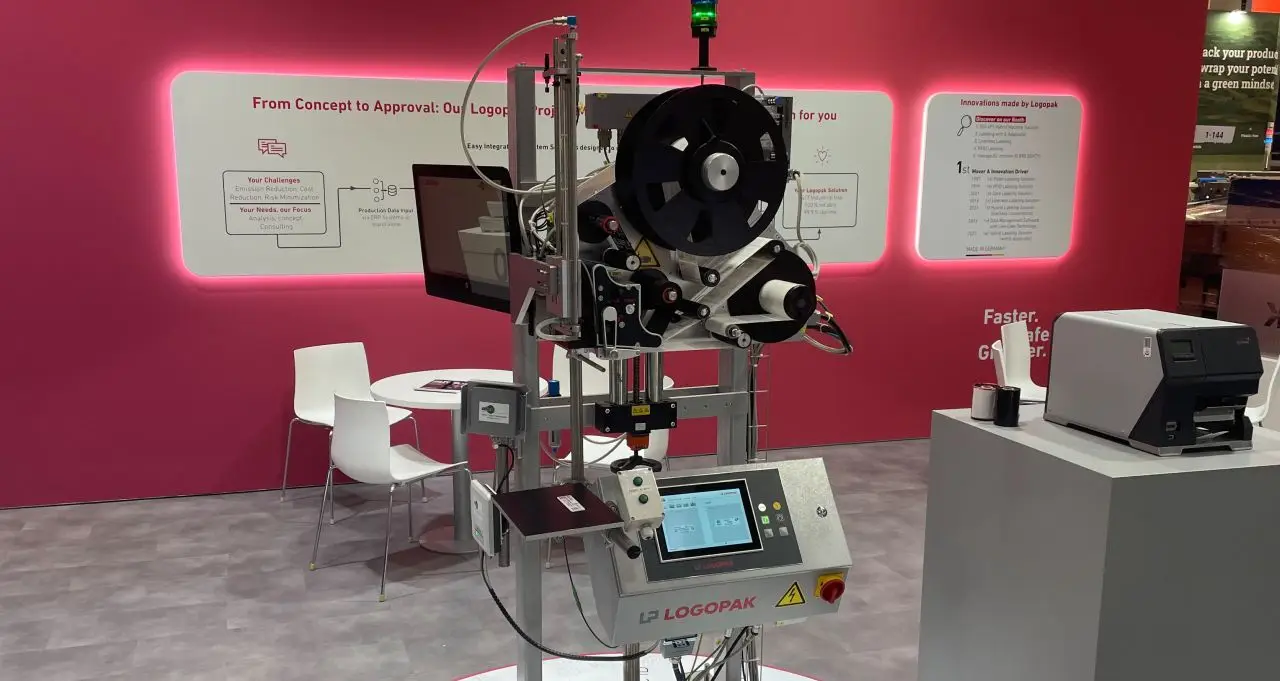- Wi‑Fi HaLow offers kilometre‑class range, low power consumption, and IP‑based bidirectional communication.
- Regulatory limits in Europe—especially on the 868 MHz band—restrict channel bandwidth and duty cycles, hindering widespread adoption.
- HaLow complements LPWANs by providing higher data rates and actuator control capabilities rather than replacing long‑range, low‑rate standards.
- Current chipset costs and limited demonstrated demand in Europe slow practical deployment despite stronger uptake in Asia and the US.
Wi-Fi HaLow is seen as an exciting addition to the wireless portfolio: ranges of up to one kilometre, IP compatibility, and low energy consumption make the technology particularly interesting for IoT applications. But what exactly can Wi-Fi HaLow do – and why is adoption already more advanced in Asia and the US? How big is the market potential in Europe – and what is standing in the way of wider deployment?
We spoke with expert Dr. Daniel Martini about opportunities, regulatory hurdles, and possible use cases. He is Head of Systems Engineering at IMST, based in Kamp-Lintfort, Germany.
Interview with Dr. Daniel Martini
How much potential does Wi-Fi HaLow have?
Dr. Daniel Martini: Wi-Fi HaLow is still a young technology that fills the gap between traditional WLAN and LPWAN solutions like LoRaWAN or LTE-M. Its range is about one kilometre – much greater than conventional Wi-Fi but below typical cellular standards.
It’s not a direct replacement for other technologies but has the potential to open up new applications – for example in smart homes, smart cities, or automotive contexts. The IP compatibility and familiar Wi-Fi security standards make it especially attractive for bidirectional communication.
However, there are regulatory hurdles in Germany and Europe. Use of the 868 MHz band is heavily limited by bandwidth restrictions and duty-cycle rules. While the standard supports channel bandwidths up to 10 MHz, only four 1 MHz or at most two 2 MHz channels are permitted here. These restrictions could hamper widespread market adoption.
In Asia and the US, Wi-Fi HaLow is already more widespread – partly thanks to more flexible frequency policies. Whether the technology will also catch on in Europe depends greatly on regulatory developments and specific applications.
Dr. Daniel Martini - Team Lead Systems Engineering
Could frequency use in Europe be expanded?
That’s a lengthy and complex process handled in Germany by the Federal Network Agency. It would be conceivable to reallocate unused frequency bands – for example from broadcasting. But at present, we’re not aware of any concrete initiatives.
Why is Wi-Fi HaLow more widespread in Asia and the US?
This is mainly due to historical and regulatory reasons. Frequency allocation in Europe is highly regulated and subject to many stakeholder interests. Other regions allow for more flexibility, often driven by stronger political or industrial pressure from major market players. Here, it would take committed actors actively pushing the issue in the relevant bodies.
Has Wi-Fi HaLow already arrived in practice?
Not in our environment so far. Other LPWAN technologies like LoRaWAN, Mioty, or Wi-SUN currently dominate here. While first Wi-Fi HaLow chipsets are available, they are still quite expensive. The restrictions mentioned are holding back a breakthrough in Europe. Large volumes and concrete use cases could change that in the future – but for now, we don’t see strong demand.
How does Wi-Fi HaLow position itself compared to other LPWAN technologies?
Wi-Fi HaLow offers higher data rates, IP capability, and bidirectional communication. That makes it suitable for applications where not only sensor data is collected but also actuators are controlled – such as in smart homes, agricultural technology, or for video transmissions.
In classic sensor networks or metering, where long range at low data rates is crucial, established LPWANs like LoRaWAN have clear advantages. HaLow doesn’t close that gap but rather complements existing solutions – especially where range, data rate, and IP compatibility are needed simultaneously.
What are possible applications?
Anywhere bidirectional communication with actuators is required – such as in industrial automation, agricultural control systems, or smart homes. HaLow is also interesting for smart city applications if the necessary infrastructure is in place.
However, the claimed range of one kilometre must be viewed critically in urban settings – obstacles like buildings can significantly limit performance.
Dr. Daniel Martini - Team Lead Systems Engineering
For simple sensor networks, Wi-Fi HaLow is less suitable from our perspective. There, technologies with longer range and lower data rates dominate. HaLow is more of an extension in the space between Bluetooth LE and traditional Wi-Fi.
Does HaLow have the potential to replace Wireless M-Bus in smart metering?
Unlikely. Other standards such as LoRaWAN, Mioty, or Wireless M-Bus/OMS are already well established in the smart metering sector. HaLow doesn’t currently offer a decisive advantage there.
What does IMST offer in the Wi-Fi HaLow space?
We primarily see ourselves as a development and engineering partner. While we do offer individual radio modules and evaluation boards, our focus is on custom solutions: we support everything from concept development to antenna design and RF engineering, right through to integration into existing systems. If needed, we also evaluate Wi-Fi HaLow – depending on customer requirements.
Which wireless technologies are particularly in demand at the moment?
Our projects are extremely varied. We typically get involved when standard solutions no longer suffice. The range spans from simple radio modules for smoke detectors to complex phased-array systems for satellite communications – from a few megahertz up to over 140 GHz.
Many customers come to IMST for specialised development work with a prototype character or feasibility studies – including customised radar systems, bespoke radio solutions, or special systems for toll and traffic technology. Our strength lies in delivering all components – from antenna design to application software – from a single source.
Conclusion
Wi-Fi HaLow is an interesting addition to existing Wi-Fi and Bluetooth systems. It promises greater range and bidirectional communication combined with IP capability and familiar security mechanisms. However, in Europe – and especially in Germany – this standard could be slowed down by regulatory constraints. It remains to be seen how the market will develop in the future.
Dr. Daniel Martini - Team Lead Systems Engineering


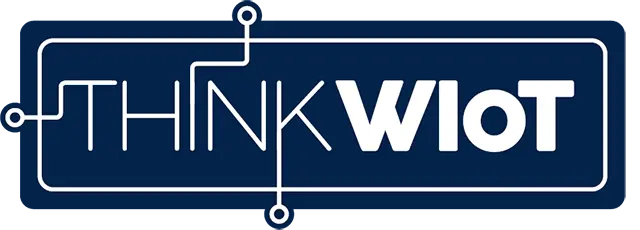
-über-Wi-Fi-HaLow-responsive.webp)

